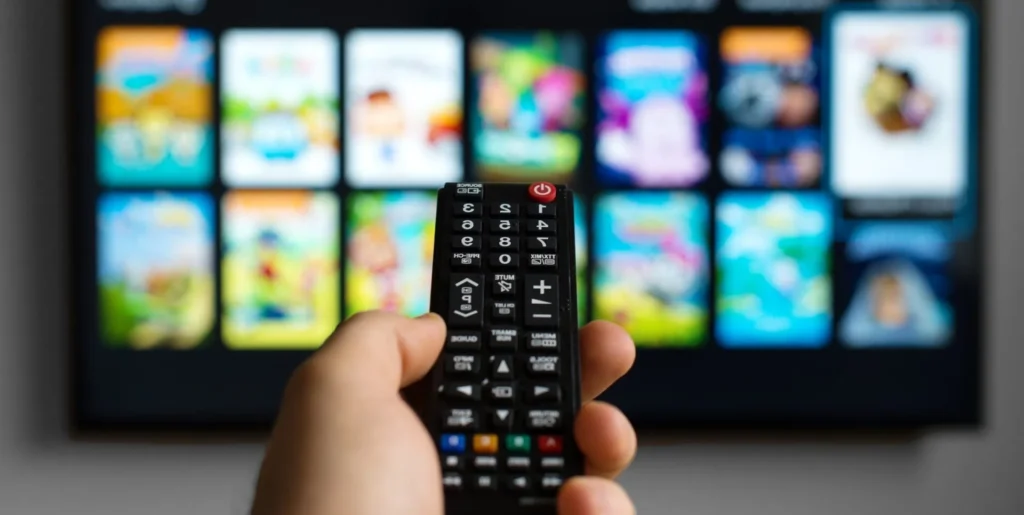Understanding OTT: The Future of Television Viewing

Introduction
The OTT Television Future is not just a trend; it’s a revolution in how we consume media. With more viewers shifting to on-demand, internet-based content, the OTT Television Future represents a significant shift from traditional broadcast and cable TV. This future is defined by convenience, flexibility, and personalized viewing experiences. As we delve deeper into the OTT Television Future, it becomes clear that the way we watch TV is evolving rapidly, with OTT services leading the charge.
Understanding the OTT Television Future: The Evolution of Television Viewing
Nowadays, TV viewing has evolved significantly from the 1930s. IPTV began revolutionizing TV consumption by delivering channels via an internet box. Recently, OTT (Over-the-top) technology has further transformed viewing habits, allowing access to audio and video content without needing a TV decoder. Netflix, a leading OTT platform, exemplifies this shift. Here’s a quick overview of what you need to know about OTT.
Definition of OTT
OTT, also known as “Over-the-Top Service,” refers to online platforms that deliver audio or video content without relying on traditional network providers like cable or satellite companies. These services allow you to access media directly over the internet, offering a more flexible and often more affordable alternative to traditional TV.
Why is OTT so popular? Simply put, it lets you watch what you want, when you want, without needing a cable box or satellite dish. Netflix is a prime example of this, providing a vast library of content that bypasses conventional distribution methods.
While OTT services are typically cheaper than cable or satellite, they usually require a subscription fee. But the convenience and flexibility make it a compelling choice for many viewers.
Differences between OTT and IPTV
OTT (Over-the-Top) and IPTV (Internet Protocol Television) are two distinct methods of delivering television content, each with unique features. OTT services, like Netflix or Hulu, stream content directly over the open internet, making it accessible on a wide range of devices, from smartphones to smart TVs, without the need for a traditional network or infrastructure. This flexibility allows users to watch their favorite shows and movies anytime, anywhere. On the other hand, IPTV operates through a managed network provided by telecom or cable companies, delivering content in a more controlled environment. IPTV often includes live TV, video on demand, and other services that are bundled with internet or phone packages, offering a more stable and traditional viewing experience.
Advantages of using OTT:
- Cost-Effective: OTT services generally cost less than traditional cable or satellite TV, as they don’t require extensive infrastructure.
- Flexibility: Watch what you want, when you want, on any internet-connected device, without being tied to a specific location or schedule.
- Wide Content Selection: Access a vast array of content, from movies and TV shows to live events, often with no geographic restrictions.
- Personalization: OTT platforms often offer personalized recommendations based on your viewing habits, enhancing your overall experience.
- No Contracts: Most OTT services don’t require long-term contracts, giving you the freedom to start or stop the service at your convenience.
Which is Right for You? If you love the freedom of watching content whenever and wherever you want, OTT might be your best bet. However, if you still crave the traditional live TV experience with the added flexibility of internet streaming, IPTV could be the perfect choice.
Both OTT and IPTV have their unique advantages, so it ultimately comes down to your viewing preferences and how you like to consume content.
Conclusion
Whether you’re cutting the cord with OTT services or enjoying the structured offerings of IPTV, the future of television is undoubtedly online. Explore both options and discover which one suits your lifestyle best!
Don’t hesitate to subscribe today at IPStream4Yuu for the ultimate viewing experience!
This approach is supported by Neil Patel’s analysis on improving SEO through strategic linking